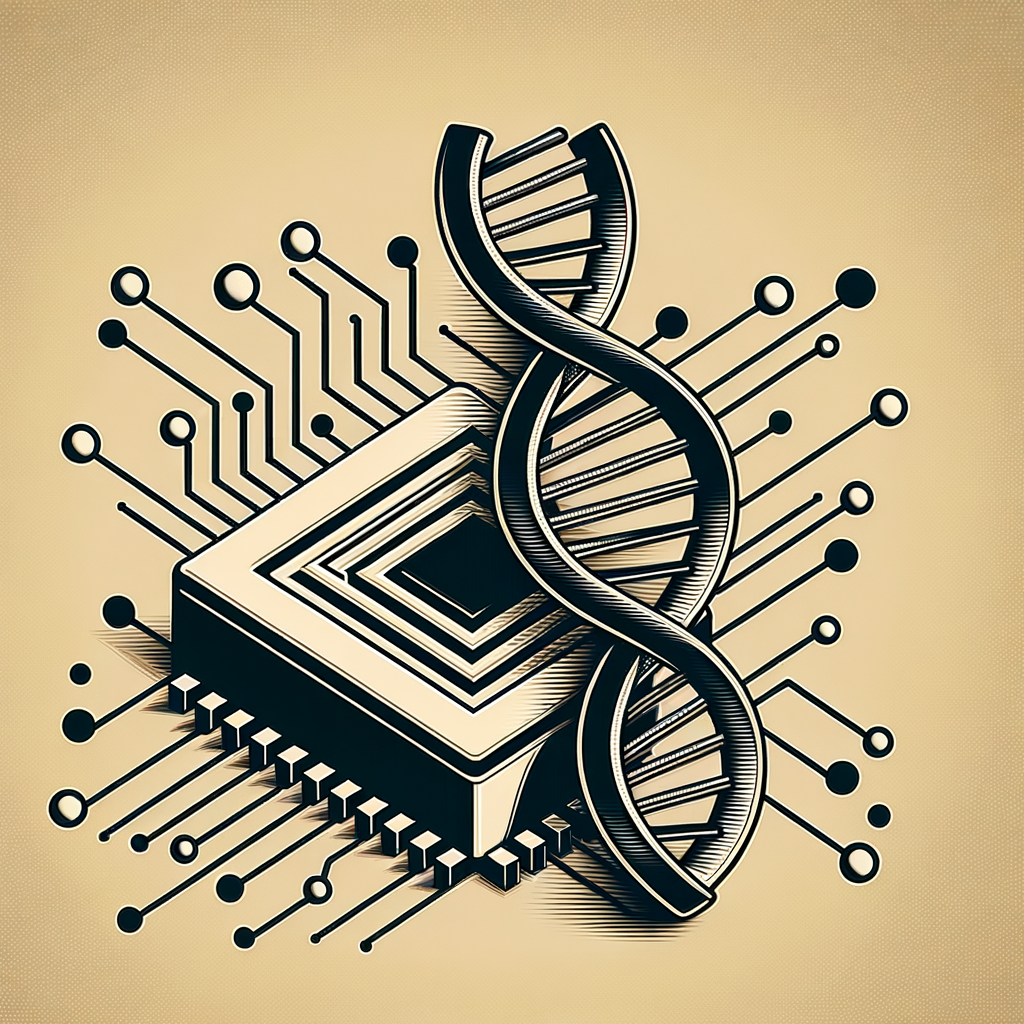
Exploring the Synergy of AI and Edge Computing: Transforming Real-Time Data Processing
This blog delves into the revolutionary combination of AI and edge computing, showcasing how the integration of these technologies is reshaping real-time data processing. With the growth of IoT devices and the increasing demand for instantaneous data handling, explore how edge computing enhances AI capabilities, bringing powerful computing to the edge of networks. Learn about the practical applications across various industries, benefits such as reduced latency and improved efficiency, and the potential future developments in this exciting field.
In recent years, the integration of artificial intelligence (AI) and edge computing has emerged as a revolutionary technological frontier that is transforming how data is processed in real-time. As the demand for instantaneous data processing continues to surge, driven by the proliferation of Internet of Things (IoT) devices and smart applications, the synergy between AI and edge computing is key to unlocking new possibilities. In this comprehensive exploration, we will delve into the mechanics of this powerful combination, its numerous applications across industries, its benefits, and the promising future it heralds.
Understanding Edge Computing
Edge computing refers to a distributed computing paradigm that brings computation and data storage closer to the location where it is needed, thereby reducing latency and enhancing the speed of data processing. Unlike traditional cloud computing models that rely on large centralized data centers, edge computing processes data at or near the “edge” of the network. This architecture is pivotal in tackling challenges such as bandwidth limitations and latency issues, which are critical in scenarios requiring real-time processing.
AI at the Edge: A New Paradigm
Integrating AI with edge computing shifts the data processing power from centralized locations to local edge devices, enabling real-time data analysis and decision-making. This transformation is particularly significant in environments where split-second decisions are crucial, such as in autonomous vehicles, smart manufacturing, and telemedicine.
Practical Applications Across Industries
-
Autonomous Vehicles: Real-time decision-making is core to autonomous vehicle operation. By processing sensory data on the vehicle itself, edge AI minimizes latency, allowing for prompt reactions to traffic conditions.
-
Smart Cities: Edge AI plays a vital role in managing infrastructure such as traffic systems and public utilities, facilitating the quick processing of data from numerous sensors and devices.
-
Healthcare: In telemedicine and remote diagnostics, edge devices equipped with AI can analyze patient data instantaneously to deliver timely healthcare interventions.
-
Manufacturing: Edge AI enhances predictive maintenance and quality control processes by analyzing data in real-time, preventing downtime and improving operational efficiency.
Benefits of AI and Edge Computing
The integration of AI with edge computing offers numerous advantages:
- Reduced Latency: By processing data locally, edge computing significantly cuts down the time required for data to travel to and from centralized servers, ensuring rapid responses.
- Improved Security and Privacy: Local data processing reduces the amount of sensitive data that needs to be transmitted to cloud servers, thereby minimizing the risk of data breaches.
- Scalability: Deploying AI at the edge reduces the burden on centralized data centers, allowing for more scalable solutions.
- Bandwidth Optimization: Edge computing optimizes network bandwidth by processing and filtering data at the source, transmitting only relevant information to the cloud.
The Future of AI and Edge Computing
The intersection of AI and edge computing is poised to advance rapidly. With the continuous development of more efficient AI models that can operate under the constrained resources of edge devices and improvements in hardware technology, the capabilities of edge AI will expand significantly. The anticipated rollout of 5G technology further complements this growth by enabling faster and more reliable connectivity.
In conclusion, the synergy between AI and edge computing is ushering in transformative changes in real-time data processing across various sectors. By placing processing power closer to the data source, this technological integration stands to unlock unprecedented levels of efficiency, effectiveness, and innovation.